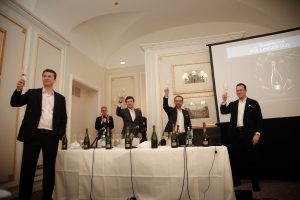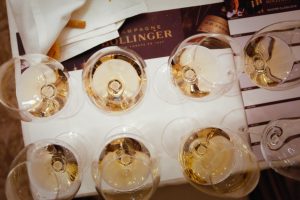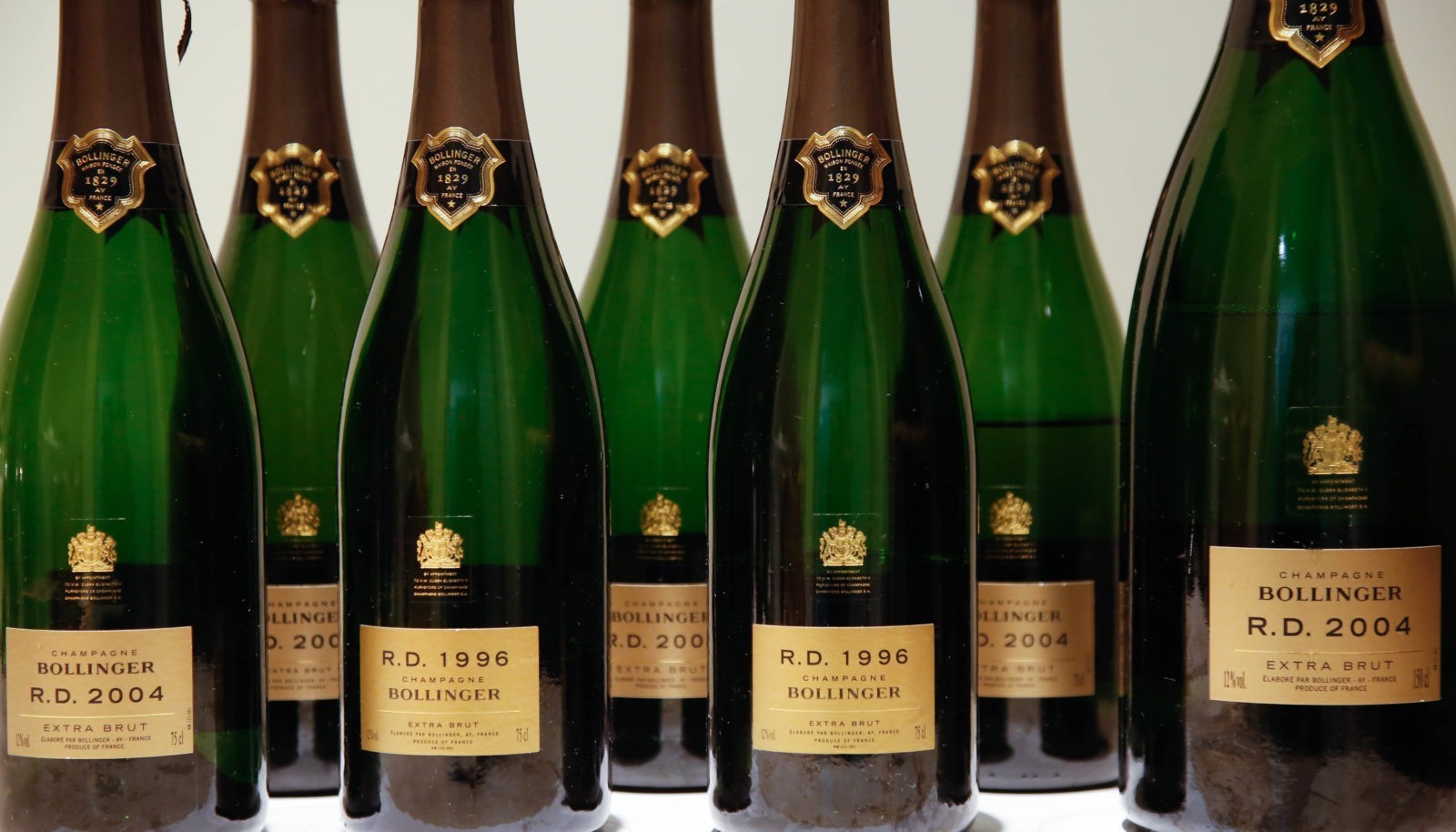Bollinger is one of the historical brands of champagne, always attracting customers from all over the world. Italians are no exception, since the country is the first market for the high-end bottles of this house.

Yesterday, in Rome and London, a preview of new vintage’s top label has been presented. At the St. Regis Hotel in Rome (an event organized by Meregalli Group) we had the chance to try the R.D. vintage 2004 (where R.D. stands for récemment dégorgé, a champagne that carried the yeasts for a longer period), and two other vintages of the same product.
R.D. has been considered a benchmark for the evaluations of champagne for more than 50 years (first vintage being 1952).
Denis Bunner (Adjoint Chef de la Cave) led a very interesting tasting that got us to understand some characteristics of this house.

First of all, the fermentation of the wines (mostly Pinot Noir) happens in wooden barriques.
In second place, Bollinger doesn’t use crown corks for the fermentation with yeasts, but traditional corks, since recent studies showed them to better preserve the level of pressure in the bottles.
Last, but not least, on the back label is written the disgorging date, a very important element, as there might be different ones in a vintage, so that the disgorging date allow to identify the different final products from the same vintage.
No coincidence, the tasting of the Champagne R.D. 1996 came from two different disgorging from one vintage.
The first coming from November 2017 disgorging is a true work of art, with notes of citrus, chalk, and flowers in the highlight, structure, freshness a long ending. The second one, disgorging date May 2012 (5 years less carrying the yeasts) is less complex, with greater evolution having notes of roasting and lemon jam. Really, two different products.

So, be aware at the back label, that allows you to identify the wine you want to buy.
Another interesting vintage is 2002, which also represents the 50th year anniversary of this label. Notes of flowers and citrus go together with a feeling of dried fruit and spices, structure, freshness and a long mineral ending.
But let’s move on to the peak of the day, Champagne R.D. Extra Brut 2004 (66% Pinot Noir, 34% Chardonnay, 16 crus, of which 88% of Grand Crus and 12% of Premiers Crus). In this moment, vintage 2004 is not an easy reading, the wine having a hard time on its way down. Notes of dried fruits accompany stony ones, as the feeling on the palate denote a sharp contrast, still far from an ideal equilibrium. Perhaps some more time in the bottles will do it good, or maybe Bollinger will postpone the disgorging date, just like vintage 1996, gifting us with a piece of art.

Translation by Claudia Valentini

